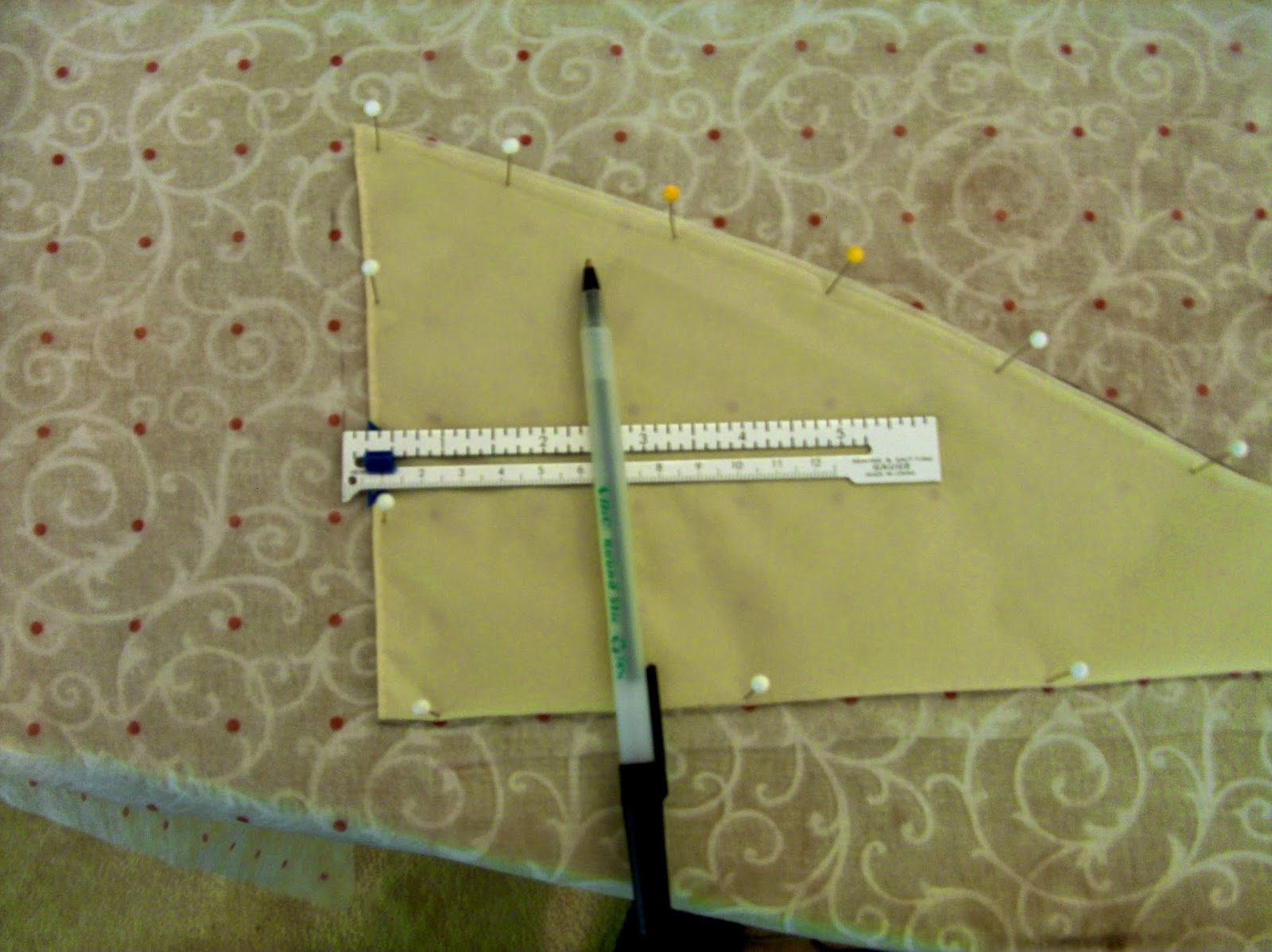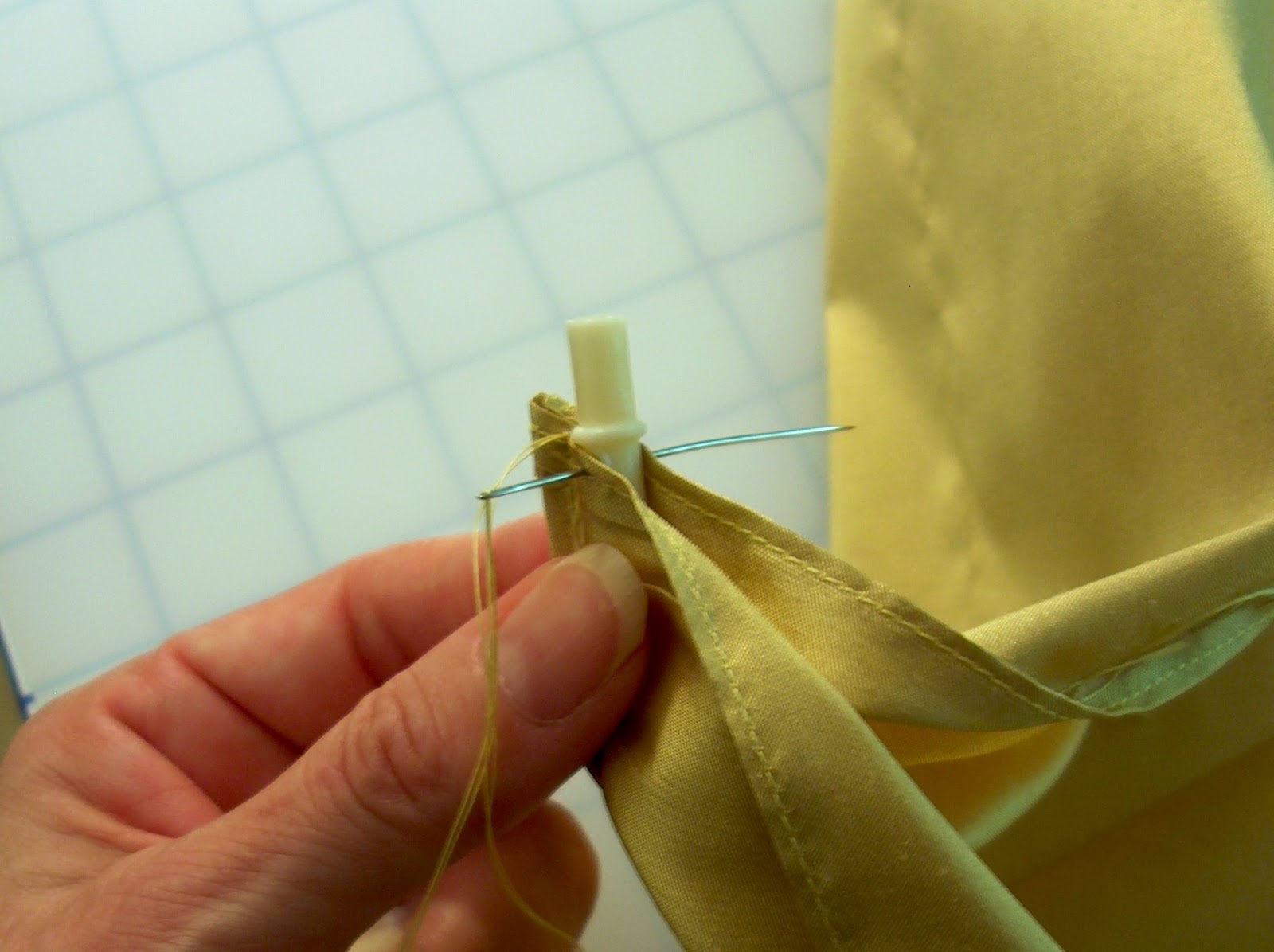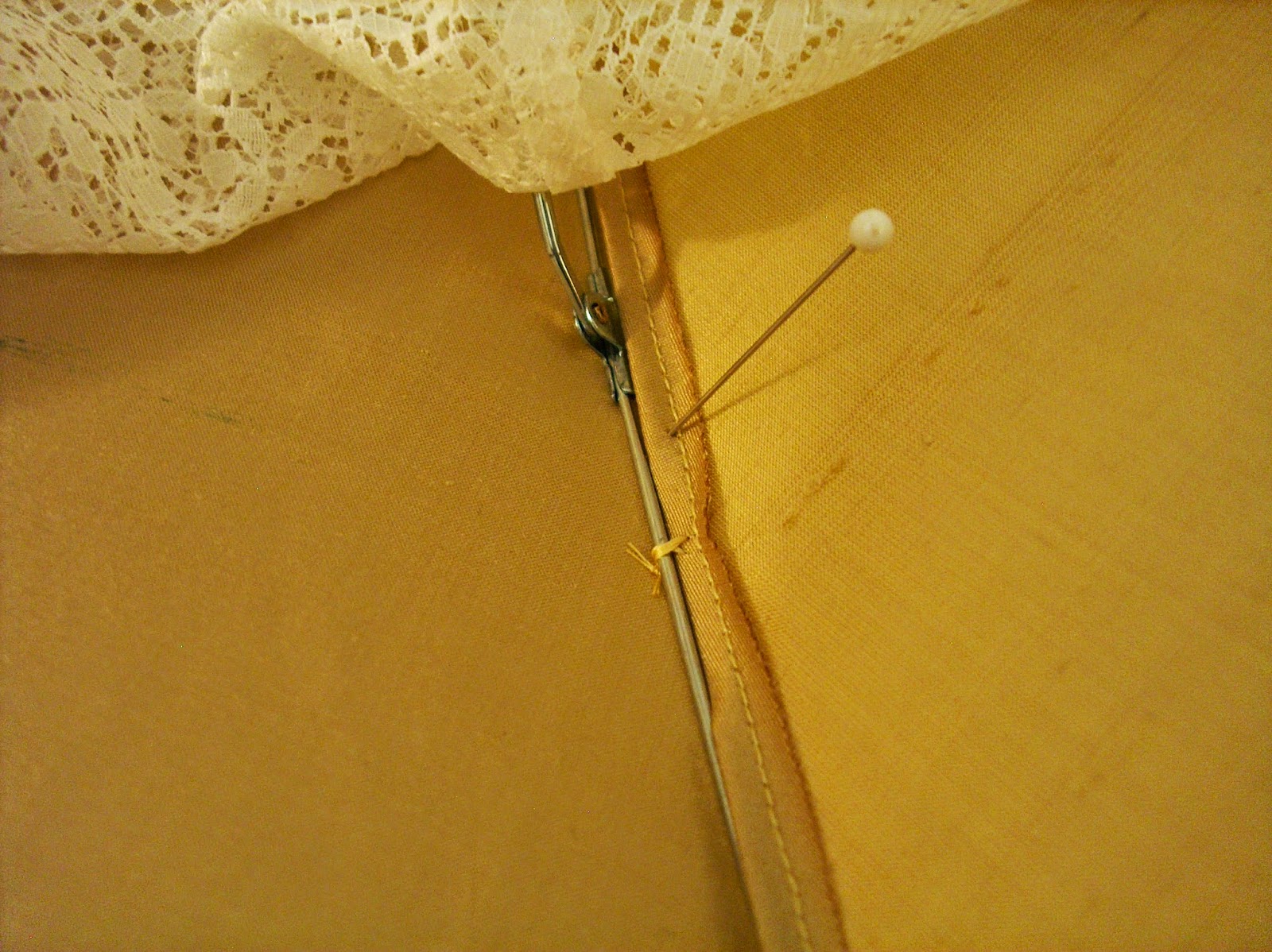So this is where I would normally put some little quote related to the Challenge. But today all you're going to get is this:
Woo Hoo!!!
Why is that, you ask? First, this is my 17th completed Historical Sew Fortnightly Challenge and I'm thoroughly amazed that I've gotten this far. Woo Hoo! Secondly, this is the last major piece toward the completion of the recreation of the Manet painting "Spring". Woo Hoo! And lastly, I made it through the Yellow Challenge! The rules stated "any shade of yellow" and while this is more gold, I'm going to call it success and say Woo Hoo!
Then, this is where I would normally put all the progress pictures. But for those who don't care how I did it, here are the finished photos and the Historical Sew Fortnightly details.
 |
| Manet "Spring" 1882 - The parasol inspiration. |
 |
| My recreation bonnet and parasol - indoors since it's raining and this parasol is to keep the sun off, not the rain. |
 |
| The gown, bonnet, and parasol. |
 |
| Lace trim with a satin edge. |
 |
| A lace lining. |
Historical Sew Fortnightly Details
What It Is: Parasol
The Challenge: #17 - Yellow
Fabric: Silk, lace
Pattern: None
Year: 1882
Notions: Satin ribbon, modern nylon parasol with wooden handle
How historically accurate is it? The handle is wood and the ribs are metal which is accurate. The tips and ferrule are plastic which is not. The fabrics are historically appropriate.
First Worn: For the Manet recreation photos which will happen if it stops raining this year.
Total Cost: $15.00 for the parasol, scrap fabric from other projects but probably $15.00 for a yard of silk, a yard of lace, 2 yards of lace trim and satin ribbon.
The rest of the photos will be a step-by-step of how I recovered the parasol and, hopefully, a help to those who might want to try. It's really very simple and so very fun to have your own specially designed parasol!
This is where I got my nylon parasol. I use style MBB30 which comes in a variety of colors.
I've used this as a parasol for recovering and also as a base for adding a variety of fabrics and trims. A post from 2011 shows how to make a reversible cover for this same style of parasol.
The parasol can be easily disassembled and painted with a spray paint for plastics/metal if you desire more authenticity or are not lining your parasol.
Here is a pictorial step-by-step of how I recovered this parasol.
 |
| This is the nylon parasol. It has a wooden handle, metal ribs, and plastic rib tips.... |
 |
| ...and a plastic ferrule. Looks like fall outside my window. That's my Eastern redbud tree. Isn't it gorgeous? |
 |
| 3. Clip the cover from the ribs: At each rib, near the joint, the cover is stitched to the rib. Clip those stitches with your seam ripper. |
 |
| 4. Remove the cover: Now the cover slides off the wooden end of the parasol and everything looks like this. |
 |
| The rib tips are sewn on securely as there is a lot of tension when the parasol is raised. |
 |
| 6. Remove one section of the old parasol cover: Using your seam ripper gently remove one section of the old cover to use as a pattern for your new cover. |
 |
| 10. Hem each panel: Since I have a lining I simply turned 1/4" and sewed a hem. If you don't have a lining you will want a more finished hem on your panels. |
 |
| Six panels hemmed. |
 |
| All 6 panels joined with a parasol seam. |
Here are the steps again with the gold silk.
 |
| Six panels hemmed. |
 |
| 2 panels right sides together pinned at 3/4". Folded over 1/4" and pinned. |
 |
| Close-up of pinning. |
 |
| The parasol seam sewn from hemmed edge to 1/4" short of top and halfway from fold to raw edges. |
 |
| All 6 panels sewn together. |
 |
| Another view. |
 |
| The finished stitching and wrapping. |
 |
| When the stitching is finished, flip the rib tip inside the cover and it is in the right position to receive the metal rib. |
 |
| A 2" pinked circle with a center hole works perfectly. |
 |
| Slip your new protector over the top of the parasol before you place your new cover and your fabric will be protected in style. |
 |
| Your beautiful new cover! Ready for the final touches and trim! |
 |
| 15. Stitch your cover to the ribs: About 1" below the join of the metal rib place a few stitches through the seam and around the rib. This will keep the seams from shifting. |
 |
| 16. Attach your ferrule: Glue your ferrule back onto the wooden end. To conceal the plastic I tied a satin ribbon bow around mine. |
Guess what??!! You might be finished. If you aren't using any trims or lining, you're finished! 16 steps from nylon to a beautiful custom parasol.
I'll share here the steps for the trim and lining I used on the Manet-inspired parasol. Trimming is the most creative part of the parasol and also the most time-consuming. All trim has to be hand sewn with the parasol open. For this parasol I needed a lace with satin edge.
 |
| Hand stitched satin ribbon. |
 |
| Lace sprayed with fabric/fresh flower spray for an "aged" appearance. |
 |
| Lace edge tucked inside the satin ribbon and then hand stitched to parasol along lower edge of ribbon. |
 |
| Close-up of sewing satin ribbon and lace. |
 |
| Lace and satin ribbon finished! |
 |
| Stitch the lining to the cover along the edge. A curved needle is my best friend here. |
The End!! If you have any questions or comments about the steps I used please write me. You can tell it took me a while to photograph and write this and if you make a parasol of your own I would truly love love love to see photos and hear about it!
Love always,
Jeanette
.jpg)












































Thanks for putting this all together! I don't have any plans for a parasol right now, but when I do I definitely will turn to this tutorial.
ReplyDeleteThank you, avantgarbe! I hope it is useful some day!
DeleteYour parasol is so perfectly made Jeanette!! Love the soft yellow color and your lace!
ReplyDeleteBlessings!
Gina
Thank you, Gina! Sometimes it's more difficult to recreate something than to just design it yourself. But this was fun and I'm happy with it!
DeleteI am so sorry I have not commented sooner!! You did a wonderful job, Jeanette!!! So lovely :)
ReplyDeleteThank you, Diane!
DeleteThank you for posting this. I will be recovering an antique folding parasol in the next few weeks and this will come in very handy. Extra excited that you included a lining as mine currently has one and I wasn't sure I would be able to re-create that part.
ReplyDeleteThank you, dixieheartless! Looking forward to seeing your creation!
DeleteSuper tutorial! Thank you!
ReplyDelete